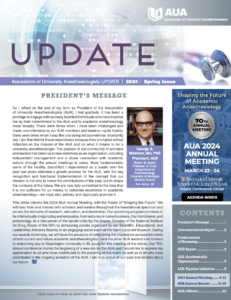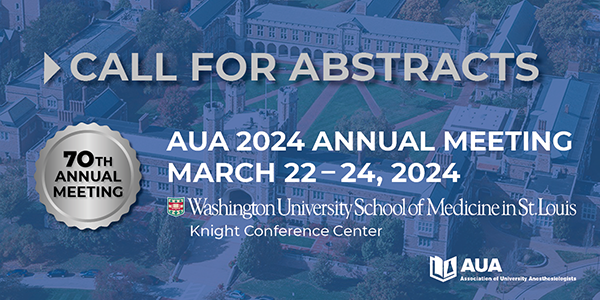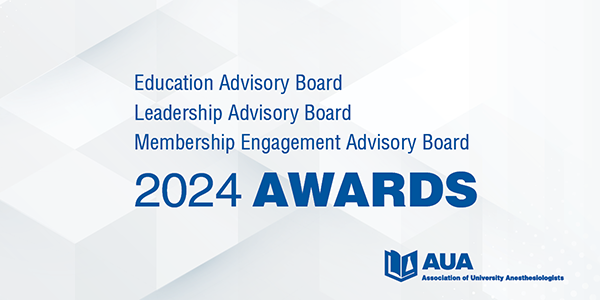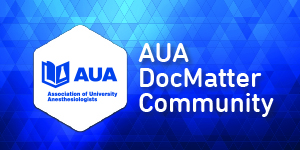Challenges of the Anesthesiologist-Scientist
Employing an anesthesiologist is often seen as hiring a physician to perform clinical duties by both academic and non-academic institutions. The term “triple threat (educator, clinician, and researcher),” once a milestone for the academic anesthesiologist, has become an antiquated concept, replaced by newly acquired administrative skills that are highly valued by the hospital/university administrators in selecting academic chairs. Although many successful researchers acquire practical leadership and management skills throughout their careers, obtaining additional degrees in business acumen of anesthesiology, such as a Master of Business Administration (MBA), is one of the strong points of candidates for academic chairpersons. With the changes in leadership positions from clinical/bench researchers to formally MBA-trained anesthesiologists, there is a pressing question of who will lead the field of anesthesiology.
As a result of these lost incentives, there is a declining emphasis on research in anesthesiology. Although there is a comparable number of anesthesiologists with dual degrees in “Doctor of Medicine” and “Philosophy Doctor” in biomedical sciences, only under 10% of these anesthesiologists actively conduct research and become funded. The remaining 90% generally are considered a part of the clinical workforce. A protected research time is usually considered a luxury, and only a small minority of anesthesiologists with extramural funding successfully secure the required time to conduct research. Pressures to produce not only come from the employer, but the peers also exert significant coercion on researchers to spend more time working clinically. The declining interest in pursuing research among anesthesiologists is multifactorial.
There has been only a slight increase in the National Institute of Health (NIH) award success rate from 18% to 22% over the past ten years (2012-2022). The total NIH grant budget increased by $128 billion; there was only a modest net increase in the number of awards/year to 2380 [1]. Although the success rate for the traditional NIH awards remains around 20%, there have been increases in the number and the dollar amount of the grants awards for training and translational centers awards, as well as those granted to trainees and mentored applications. General Medicine and its related subspecialties continue to lead the number of successful applications from NIH, similar to the other extramural funding sources. Emergency medicine and family practice are among those specialties where the funding success rate falls below that for anesthesiology. The number of successful applications in anesthesiology is comparable to other subspecialties and general surgery. The total number of newly granted awards from anesthesiologists in 2022 was 246, which has been steady/lower than in previous years. Seventy-five percent of all awards to anesthesiologists were in the “R” series, and the majority of grantees held a PhD degree, while the MD anesthesiologist received more “K” awards [2]. The availability of a mentor was the most critical factor in establishing a “K” award for an MD physician-scientist. Therefore, the loss of seasoned researchers who serve as mentors has an especially large impact on the research workforce. It would be imperative to examine why and how the anesthesiology research workforce has been dwindling in order to explore the potential solutions to retaining and growing it.
[1] National Institute of Health NIH. RePORT NIH Databook. NIH.gov; 2023.
[2] Pagel PS. A Ten-Year Analysis of Recent National Institutes of Health Funding for Anesthesiology Research in United States Medical Schools. J Cardiothorac Vasc Anesth. 2022;36:1844-55.












